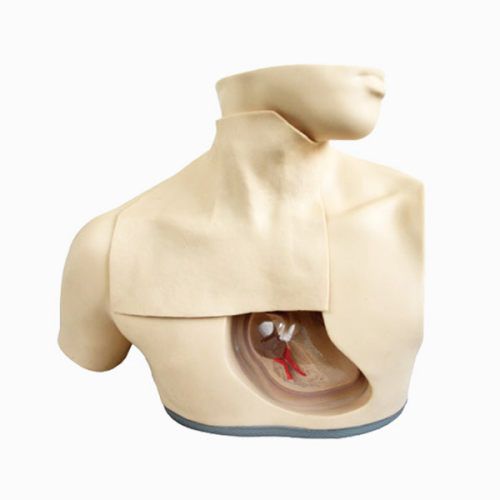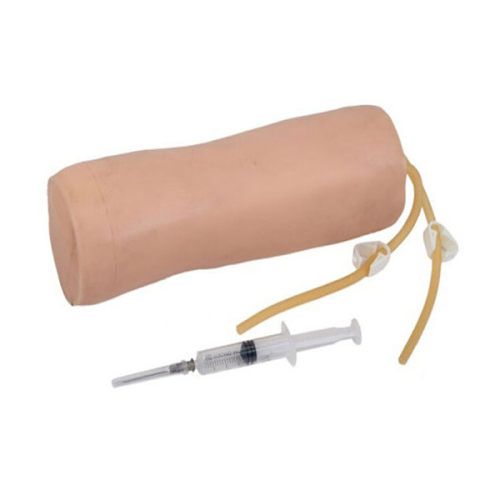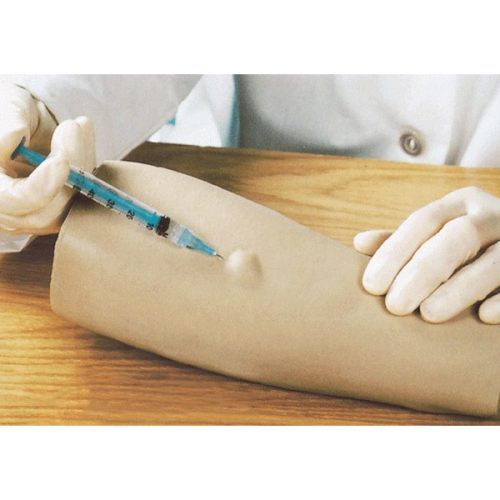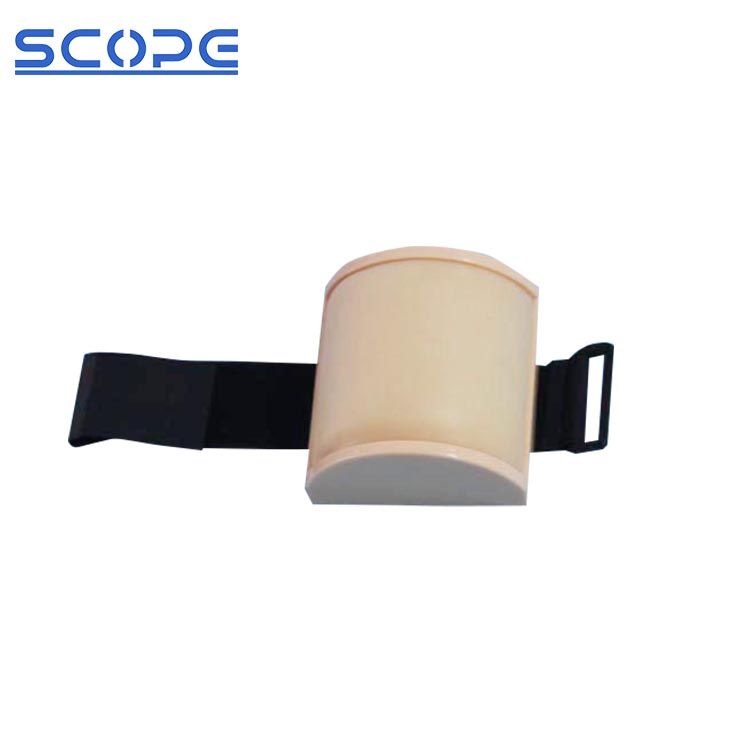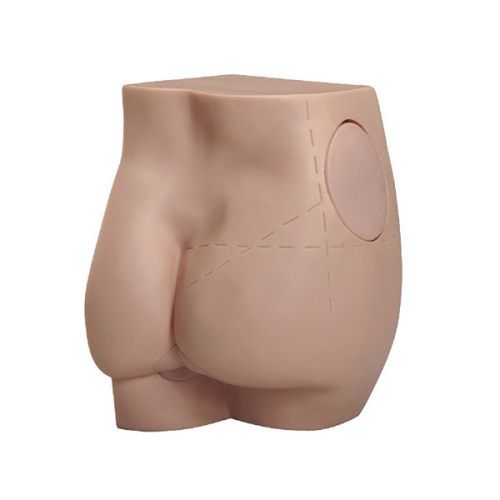Nursing education has evolved significantly over the years, adapting to technological advancements and innovative teaching methodologies. One such advancement that has revolutionized nursing education is the use of nursing training manikins. These lifelike simulators provide a realistic learning experience for nursing students, allowing them to practice essential skills in a safe and controlled environment. In this article, we delve into the evolution, types, applications, benefits, and considerations of nursing training manikins.
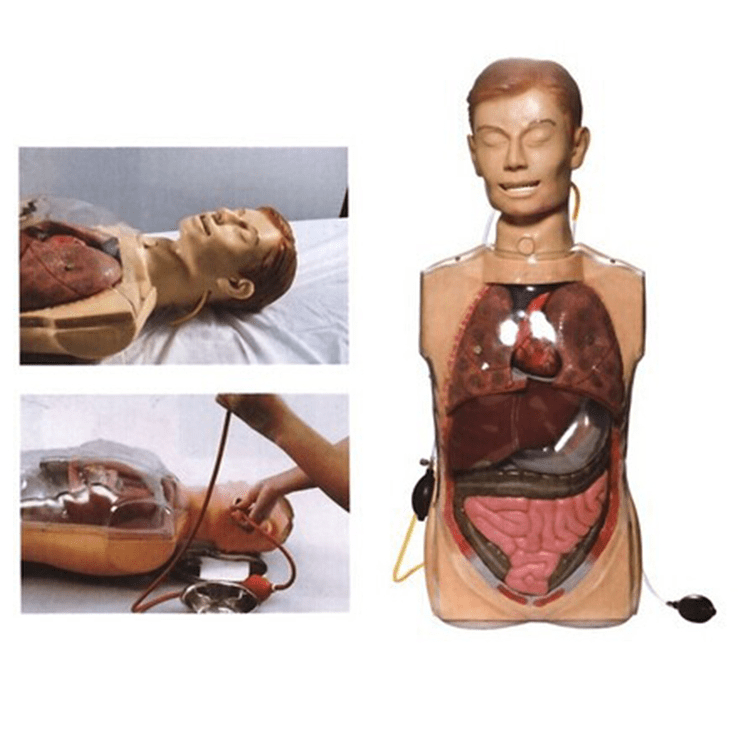
Evolution of Nursing Training Manikins
The history of nursing training manikins dates back to the early 20th century when rudimentary models were used to demonstrate basic nursing procedures. These early manikins were often made of simple materials such as cloth and rubber and lacked the lifelike features seen in modern counterparts. Over time, these evolved into more intricate manikins capable of replicating basic functions like respiration and pulse.
However, with advancements in technology, nursing training manikins have undergone a remarkable transformation. Today’s models are equipped with sophisticated features such as realistic anatomical structures, interactive capabilities, and computerized feedback systems. These advancements have enhanced the effectiveness of nursing education by providing students with immersive learning experiences.
Types of Nursing Training Manikins
Nursing training manikins can be classified based on various factors, including their level of fidelity, intended use, and specific features. Here are some common classifications of nursing training manikins:
From Fidelity Levels
Manikins can be categorized based on their level of fidelity, which refers to how closely they replicate real-life patient scenarios. The fidelity levels typically include:
- Low-Fidelity Manikins: These manikins have basic anatomical features and limited functionality. They are often used for teaching basic nursing skills and procedures.
- Medium-Fidelity Manikins: Medium-fidelity manikins offer more realistic anatomical structures and physiological responses compared to low-fidelity models. They can simulate basic patient conditions and are suitable for scenario-based training.
- High-Fidelity Manikins: High-fidelity manikins closely resemble real patients in terms of anatomy, physiology, and responsiveness. They can simulate a wide range of medical conditions and provide realistic feedback during training sessions.
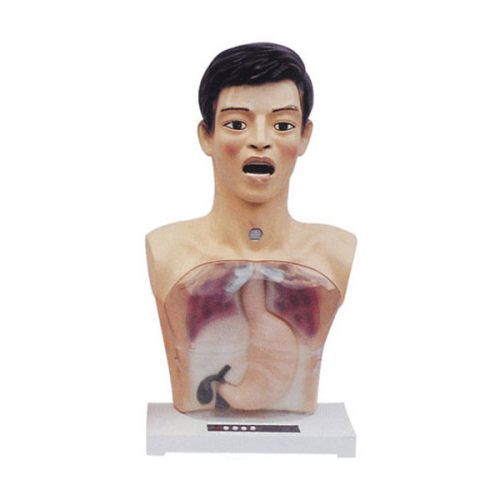
From Specialized Features
Nursing training manikins may also be classified based on their specialized features and functionalities, such as:
- Anatomical Accuracy: Some manikins are designed to accurately replicate specific anatomical structures and body systems relevant to nursing practice, such as airway anatomy manikin, vascular systems manikin, and internal organs manikin.
- Interactive Capabilities: Certain manikins feature interactive capabilities that allow students to perform various interventions and receive real-time feedback on their actions. These manikins may include touchscreens, voice recognition technology, and sensors to detect student interactions.
- Wireless Connectivity: Some modern manikins are equipped with wireless connectivity options that enable remote control, data collection, and scenario programming. This feature allows educators to create dynamic and interactive learning experiences for nursing students.
- Simulated Physiological Responses: Advanced manikins can simulate a wide range of physiological responses, including heart sounds, breathing patterns, blood pressure fluctuations, and pupillary reactions. These features enhance the realism of simulation scenarios and help students develop clinical assessment skills.
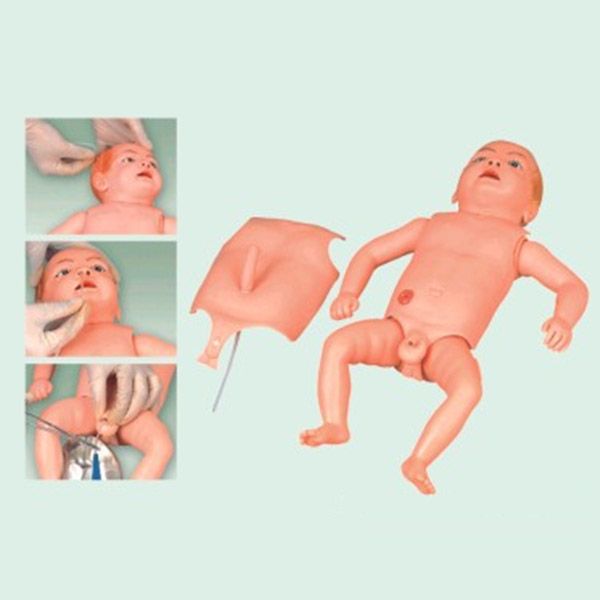
From Patient Population
Nursing training manikins may also be classified based on the patient population they represent, such as:
- Adult Manikins: These manikins simulate adult patients and are used to teach a wide range of nursing skills and procedures applicable to adult healthcare settings.
- Pediatric Manikins: Pediatric manikins represent pediatric patients and are used to teach pediatric nursing skills, including assessment, medication administration, and communication with children and their families.
- Geriatric Manikins: Geriatric manikins simulate elderly patients and are used to teach nursing students about the unique healthcare needs and challenges associated with aging populations.
- Maternal and Neonatal Manikins: Maternal and neonatal manikins are designed to simulate pregnancy, labor, childbirth, and neonatal care scenarios. They help nursing students develop skills related to obstetric and neonatal nursing care.
By considering these classifications, educators can select nursing training manikins that align with their curriculum objectives, teaching methodologies, and learning goals, providing students with immersive and effective simulation experiences in nursing education.
Applications and Benefits of Nursing Training Manikins
Nursing training manikins offer a wide range of applications and benefits in nursing education and training. These lifelike simulators provide students with realistic learning experiences and opportunities to develop essential clinical skills in a safe and controlled environment. Below are some of the key applications and benefits of nursing training manikins:
5 Applications of Nursing Training Manikins
Clinical Skills Training: Nursing training manikins are used to teach a variety of clinical skills, including wound care, vital sign assessment, medication administration, and patient positioning. Students can practice these skills repeatedly until they achieve proficiency, without the risk of harm to real patients.
Scenario-Based Training: Manikins are employed in scenario-based training to simulate clinical situations and emergencies. Educators can create realistic scenarios that challenge students to assess, prioritize, and intervene appropriately, preparing them for real-world clinical practice.
Interprofessional Education: Nursing training manikins facilitate interprofessional education by providing opportunities for collaboration and teamwork among healthcare professionals. Students from different disciplines, such as nursing, medicine, and allied health, can work together to manage complex patient scenarios and improve communication skills.
Simulation of Specialized Procedures: Certain nursing procedures and interventions require specialized training and practice. Manikins are used to simulate procedures such as tracheostomy care, central line insertion, and chest tube management, allowing students to develop competency in these advanced skills before performing them on actual patients.
Assessment and Evaluation: Nursing training manikins are valuable tools for assessing and evaluating student performance. Educators can observe students as they interact with the manikins, identify areas for improvement, and provide constructive feedback to enhance learning outcomes.
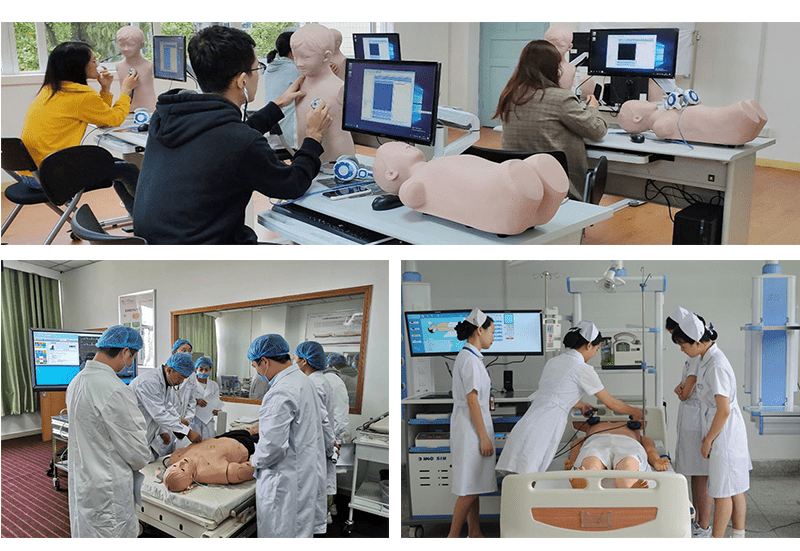
Benefits When Using Nursing Training Manikins
Realism and Immersion: Nursing training manikins offer a high level of realism and immersion, closely resembling real patients in terms of anatomy, physiology, and responsiveness. This realism enhances the learning experience and helps students develop confidence in their clinical skills.
Safe Learning Environment: Manikins provide a safe learning environment where students can make mistakes, learn from them, and refine their skills without compromising patient safety. This promotes a culture of learning and continuous improvement in nursing education.
Standardized Training: Using manikins ensures that all students receive standardized training experiences, regardless of clinical placement availability or patient variability. This promotes consistency in education and helps maintain high-quality standards across nursing programs.
Immediate Feedback: Many nursing training manikins are equipped with feedback systems that provide immediate performance evaluation. Students receive real-time feedback on their actions, allowing them to identify areas for improvement and make adjustments accordingly.
Enhanced Clinical Competency: By practicing nursing training manikins, students develop clinical competency and proficiency in essential nursing skills. This prepares them to deliver safe, effective, and compassionate care to patients in diverse healthcare settings.
In summary, nursing training manikins play a vital role in nursing education by providing students with realistic learning experiences, opportunities for skill development, and a safe environment to practice clinical procedures and scenarios. By incorporating manikins into nursing curricula, educators can prepare students to meet the challenges of modern healthcare delivery and contribute to improved patient outcomes.
Considerations When Choosing Nursing Training Manikins
Here are some important considerations when choosing nursing training manikins:
- Training Needs:
- Skill Level of Students: Are you training beginners or experienced students? Basic manikins are sufficient for foundational skills, while advanced features are needed for complex procedures.
- Curriculum Requirements: Align the manikins with the specific skills your program teaches. CPR, medication administration, and wound care all require different functionalities.
- Manikin Functionality:
- Anatomic Accuracy: How realistic does the manikin need to be? Detailed features like palpable pulses or interchangeable body parts might be necessary for some procedures.
- Task Simulation: Consider the specific tasks students will practice. Does the manikin allow for practicing injections, catheterization, or other procedures?
- Feedback Mechanisms: Do you need manikins that provide feedback on student performance, like compression depth for CPR?
- Budget and Durability:
- Cost: Manikins can range significantly in price. Determine your budget and prioritize features within that range.
- Durability: Training manikins will be used frequently. Consider the build quality and materials to ensure they can withstand repeated use.
- Maintenance: Some manikins require replacement parts or specific cleaning procedures. Factor in ongoing maintenance costs.
- Additional Considerations:
- Space: How much space do you have for storage and use of the manikins?
- Portability: Do you need manikins that can be easily transported for training in different locations?
- Technology Integration: Are you looking for manikins that can be used with simulation software for more advanced scenarios?
By carefully considering these factors, you can choose nursing training manikins that are effective for your program’s needs and budget.
Conclusion
Nursing training manikins play a crucial role in modern nursing education, providing students with realistic learning experiences and opportunities for skill development. As technology continues to advance, the capabilities of nursing training manikins will only continue to improve, further enhancing the quality of nursing education and ultimately improving patient care outcomes. By carefully selecting and integrating nursing training manikins into their curriculum, educators can prepare the next generation of nurses to excel in their clinical practice and make a positive impact on healthcare delivery. If you are looking for a nursing training manikin supplier, please feel free to contact Scopelab.
